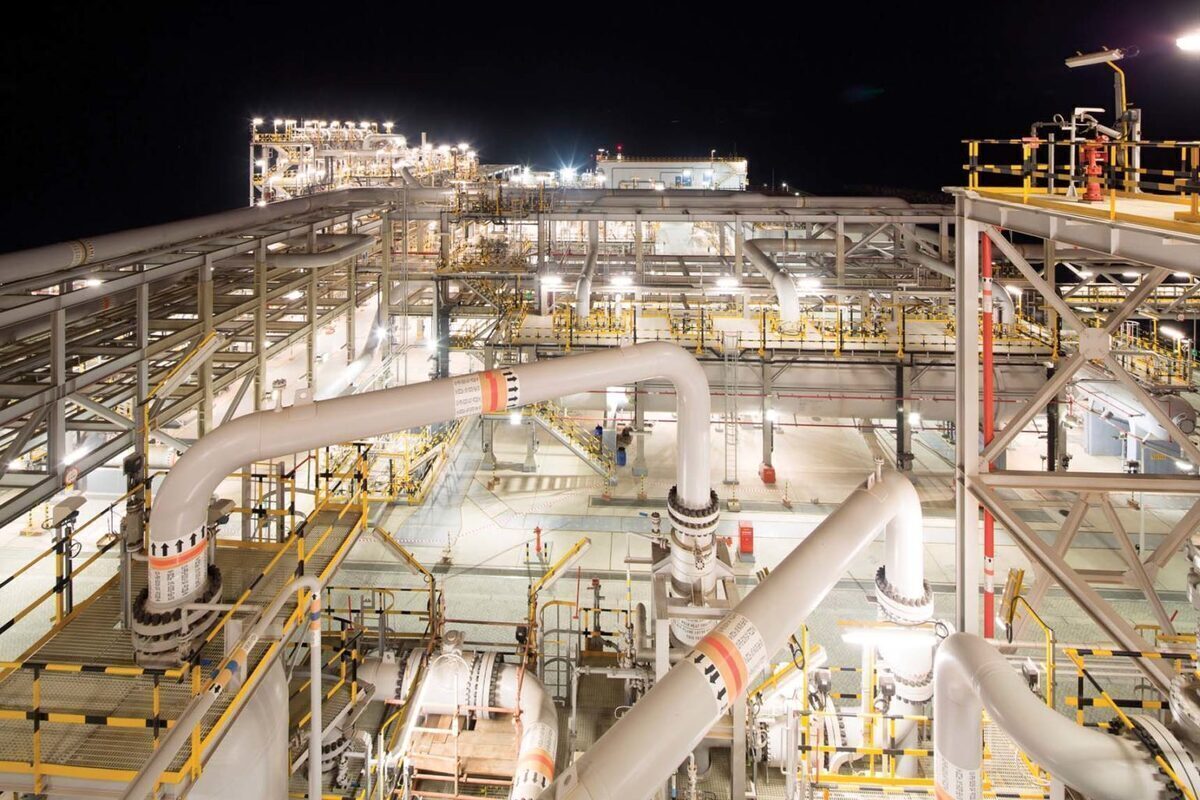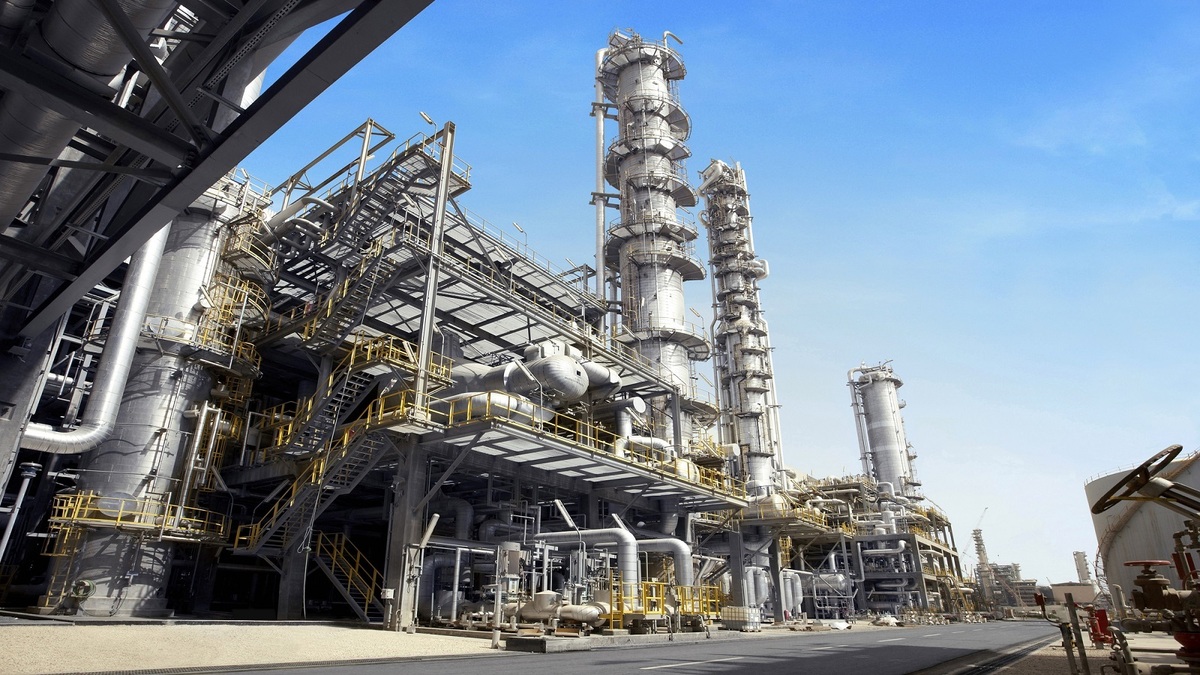Official: Iran Recovers over 98 Percent of Flare Gases at Yadavaran Oilfield

Mojtaba Moradi Enayat, the executive manager of Yadavaran oilfield development project, said that less than 2% of produced gases are burnt off due to safety measures and operations of the Central Treatment Export Plant (CTEP).
Flare stacks burnt the bulk of Yadavaran oilfield’s associated petroleum gas (APG) until January 2023, he said, adding that gas delivery to the Persian Gulf Hoveyzeh Gas Refinery (NGL 3,200 plant) started as the facility became operational gradually.
Given the round-the-clock efforts made by the Petroleum Engineering and Development Company (PEDEC) workers, the downstream unit was completed and gas compressors were put into operation, making it possible to transmit around 120 million cubic feet (mcf) of gas to NGL 3,200 plant, inject some 20 mcf into the field, and shut down the flare.
In November, Head of the Safety, Health, Environment and Civil Defense Department of the Iranian Oil Minister Mazaher Ansari had announced plans to collect 2 billion cubic feet of flare gas.
“The capacity to collect and process associated gases and flares is about 2 billion cubic feet equivalent to 57 million cubic meters per day in the form of 5 long-term plans and 14 sales auctions,” Ansari said.
He underlined that one of the main priorities of the oil ministry in the field of environment is the management of associated gases and flares and the reduction of atmospheric pollutants.
Ansari underlined the need for the oil ministry’s projects to reduce burning torches to reach full progress.
“Fortunately, 5 billion dollars have already been invested in this sector, and the capacity to collect and process associated gases and burners is about 2 billion cubic feet, equivalent to 57 million cubic meters per day, which will be implemented in the form of 5 long-term plans and 14 sales auctions,” he said.
4155/v
























